There are many different types of nouns for students to learn how to identify and use correctly including pronouns, abstract nouns, common nouns and collective nouns. The grammar worksheets on this page can be used to help students understand nouns. Topics include identifying basic nouns, common and proper nouns, singular and plural nouns, and collective nouns. One of Pearson's free sample resources to download happens to be this worksheet on expanding noun phrases. It includes helpful terminology, activities and ideas for spotting expanded noun phrases in reading and and using them in writing.
Noun games in the classroom help students learn and have fun while doing it. Keep reading for engaging ideas about teaching nouns in the classroom. Students are asked to use their creativity to come up with and share their favorite nouns. Students are also asked to identify whether a given noun is a person, place, or thing in order to solidify their understanding of the different types of nouns. Our Nouns lesson plan for grades 1-3 introduces students to the concept of nouns and teaches them about different types of nouns, such as common and proper nouns. Students are also taught to distinguish between people, places, and things.
You could create a worksheet that has columns for common nouns, proper nouns, abstract nouns, and collective nouns. Include a word bank with lots of words at the bottom of the page. This lesson plan provides students with the opportunity to learn, revise and practice the use of nouns, verbs and adjectives in their writing.
This lesson was originally created for a year 3 class, however is easily adaptable for children in Years 2 to 4, and beyond if appropriate. Students who are having fun are students who enjoy learning. Reinforcing their knowledge of nouns is just one benefit to bringing grammar games like noun activities into the classroom.
For more noun practice and grammar fun, check out this list of grammar games that cover parts of speech, parts of a sentence, and punctuation. Nouns are an all-star team of words and always have a player ready to step up to the plate, no matter the challenge. Common nouns, proper nouns, abstract nouns, and concrete nouns are our go-to nouns but there are many types of nouns ready to get in the game. To learn the difference between all these nouns, use this guide to link to in-depth articles about each type of noun. Before playing these grammar games, review the definition of a noun and the different kinds of nouns.
If nouns are still a new concept, start with common nouns. If your class is more advanced, you could classify further by proper and common nouns. The most advanced students could categorize the nouns by countable and uncountable, concrete and abstract, and collective.
In simple terms, expanded noun phrases give you a bit more information about the noun. A good way to think of them is as a way of making a sentence more interesting to read, and for students to write. Remember that nouns are parts of speech that name people, places, things, and ideas. They can be general, also known as common nouns, or they can be proper nouns that name particular people, places, things, or ideas.
Every sentence must include a noun to be complete, with the exception of short, commanding sentences in which the noun is understood. D. Adaptations for struggling readers - Struggling readers may have trouble with the game because it is timed. The students would still write their own sentences, but would have extra guidance by the paraprofessional or the teacher if needed. Using the worksheet as a guide, the students will log their progress in the game.
As a follow up, they will write sentences and identify nouns, verbs, and adjectives in the sentences they have written. Depending on time, children could then choose another 3 word cards randomly and complete the same activity with minimal assistance. The teacher may choose with a support group at this stage, while the more capable students work independently. Students write their 3 words in the correct column in their books, then write a sentence using the words they chose.
This worksheet features a set of teaching tips and ideas to help aid the teaching of expanding sentences through the addition of noun phrases, adjectives and adverbs. Tell them that proper nouns refer to specific people, places, and things. They must be capitalized, while common nouns refer to general people, places, things, and ideas. Ask them to help you turn the sentence, "My sister went to a movie yesterday." into a sentence with proper nouns, i.e., "Mary went to see Abominable on Tuesday." Your primary school child will need to understand how to use expanded noun phrases, particularly those in Year 4 and above.
If you're a parent who wants to consolidate your K2S child's understanding of noun phrases, you're in the right place. Our simple guide is a great home learning resource you can use for primary school-aged kids, and hopefully, you'll learn something along the way, too. Your Turn, My Turn – To close the lesson, I had students work as a table to list as many types of proper nouns as they could. This required them to recall information recently learned. Working collaboratively also encouraged students use academic language as they discussed concepts.
For independent practice, each student was given a sheet I'd created that required students to correct sentences by capitalizing the proper nouns. I did this because I wanted students to focus on the different types of proper nouns before trying it in their own writing. This gave them additional practice and allowed me to assess and intervene as needed. Questions to support identifying common, proper and collective nouns within different types of sentences. When writing description, it's useful to use lots of expanded noun phrases because the adjectives will help your reader to picture your story better. Sometimes expanded noun phrases are referred to as expanding noun phrases, but the correct term is the former.
There are proper and common nouns, noncount and count nounts, collective nouns, and concrete and abstract nouns. I began the lesson by asking students if they knew what proper nouns were. They gave the general definition of a noun, which is a person, place, things, or idea. I'd created a poster with a list of general nouns in one column and matching proper nouns in the next column.
I asked students what they noticed about the nouns in the proper noun column. They all said because it was someone's name, the name of a place, or a month, etc. I told them the nouns in a second column are proper nouns. Proper nouns name a special or specific person, place, or thing. I explicitly pointed out that the word restaurant could be any restaurant, but McDonald's names a specific restaurant.
Girl could be any girl, but Carmen names a specific girl. The teacher will call on students to share what they said, or what their group agreed or disagreed on. Using and identifying expanded noun phrases is actually a year 4 objective but they are still very important in year 5 and 6 so today's work is a recap.
None of you should find this too difficult and for those who find it easy, you should try to use rich and accurate vocabulary in your examples. A noun group is a group of words relating to, or building on, a noun. These should be taught to be seen as a chunk of information rather than a list or string of individual words. In factual texts, noun groups contain the 'content' across key learning areas. In literary texts they develop creative expression, important for building the story world, characterisation and imagery.
Here, Rebecca Jakes offers four activities, plus some additional tips, on teaching expanded noun phrases in KS2. Questions to support identifying common, proper and collective nouns within multiple sentences of varying sentence types. Noun phrases are also used and the number of nouns in a given sentence is not specified. Ask your child to try and come up with some examples of expanded noun phrases in a sentence. Cut out the word squares at the bottom of the worksheet.
Students who confidently used nouns, verbs and adjectives and were able to write creative sentences using their chosen words . Let's start from the beginning, what is a noun, a noun phrase and an expanded noun phrase? Click on the PowerPoint below, it will take us through explainations about nouns and expanded noun phrases as well as why they are used. There will also be a variety of suggested activities to try as well . The activties range in difficulty so the appropriate ability level will need to be chosen .
Today we are going to be learning about expanded noun phrases. Your paragraph should be five sentences long and include six expanded noun phrases. What Year 2 and Year 3 primary school-aged children are expected to understand is different to Year 4 children. Ask your primary school year teacher to explain the expectations, if you are not sure. They may have additional resources they can offer to help you. In this lesson, we will review Mrs. Wordsmith vocabulary, revise key points related to expanded noun phrases and practise writing expanded noun phrases .
Read the three scintillating sentences opposite.They each contain one or more expanded noun phrases . Primary Resources Don't miss this wealth of worksheets, ideas, activities and resources for primary teachers. Sections included are literacy, homework, maths, science and art.
Some resources are online, others are in PDF format. Using a list of nouns when children are beginning to read is helpful in making teaching easier. Nouns are one of the first parts of speech that children learn when they begin to read. Use the following list of nouns for each age group to help your child learn about the ideas things, people and places that surround them. Students will underline all the common nouns and all the proper nouns in this poetry activity.
This Prezi presentation helps explain how expanded noun phrases can be used to convey complicated information concisely. The link below has a video explanation and task to try at the bottom of the page that's all about expanded noun phrases. This could be used as an alternative shorter mini-lesson on expanded noun phrases.
A worksheet to practise identifying common and proper nouns. A sorting worksheet to practise identifying common and proper nouns. Questions to support identifying common, proper and collective nouns within simple sentences. In this lesson you have learnt about noun phrases and how to use expanded noun phrases for description.
Apluralnoun refers to more than one of something. Many singular nouns just need an S added at the end to make them plural (e.g.,bee becomes bees). For some nouns that already end with an S, you may need to add -es to the end to make their plural forms (e.g.,classes and buses). Some singular nouns also change spelling when made plural (e.g. countries and babies). Teaching students the parts of speech might seem like a daunting task. But with a little creativity on your part, it can actually be fun for both you and you and your students.
Start by giving your students a clear overview of what nouns are and why they are important. Then, use a variety of activities and games to help your students get a better grasp of the subject. Typically, students learn about nouns early in elementary school. However, you can adjust any of these activities to be helpful for middle-schoolers, too. Give one point for common nouns, two points for plural nouns, and three points for collective nouns. In the following sentences, identify whether the italicized words are common or proper nouns.
Common Noun Proper Noun president Barack Obama teacher Mrs. Sanders brother Joe In our first column, we have general, or common, nouns. In our second column, we have specific, or proper, nouns. Note that typically, the first letter in a common noun isn't capitalized unless that common noun is the first word in a sentence. The first letter in a proper noun is typically capitalized. A noun is a part of a sentence that identifies the places, things, ideas, people, events, and other objects. Learn about the definition of nouns, understand the two types of nouns, and explore how to use nouns in sentences.
In this fast-paced, whole-class game, students move around the classroom, writing the plural forms of nouns. A fun activity to use when learning about nouns, verbs and adjectives. A fun activity to use when learning about nouns, verbs, adverbs and adjectives. Watch this video to learn more about expanded noun phrases.
Nouns make up the majority of the English language. More nouns appear every year as people come up with new ideas, media, and technologies. It is a person, place, or thing, and it may be one or more of the types of nouns that we all know and love. Proper nouns help distinguish a specific person, place, or thing. The names and titles of things are always proper nouns, such as the brand name Starbucks and the personal name Jenny.
You probably remember learning about nouns at some point, but you may be hard-pressed to explain what they are. Nouns are incredibly important in spoken and written language, but the good news is that they're also pretty easy to understand. Figuring out the basics of how nouns operate in sentences will help you learn lots of other more complex rules down the road.
What Is A Noun Phrase Year 3 On each of these 30 task cards, students will choose the best collective noun to complete the sentence. Task cards can be used for class review, learning centers, scavenger hunts, or peer tutoring. In Year 2, your child will use a range of grammar and punctuation in their writing. Your child's teacher will read samples of their writing to assess their knowledge and understanding. Schools may also use an optional grammar, punctuation and spelling test to check that your child is doing as well as expected.






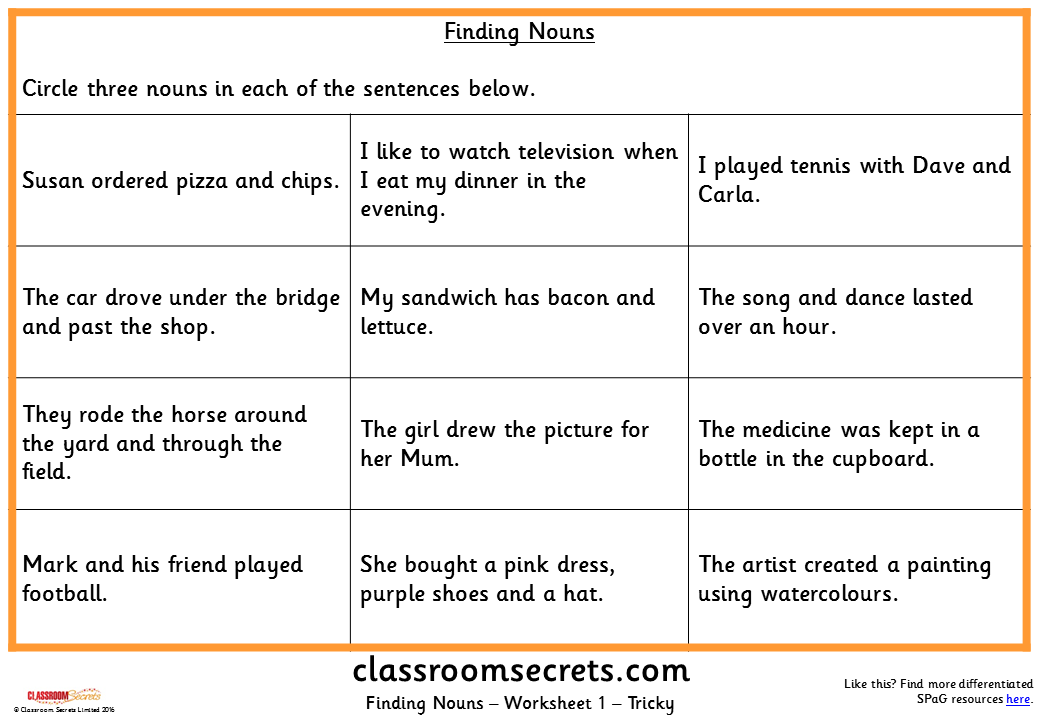
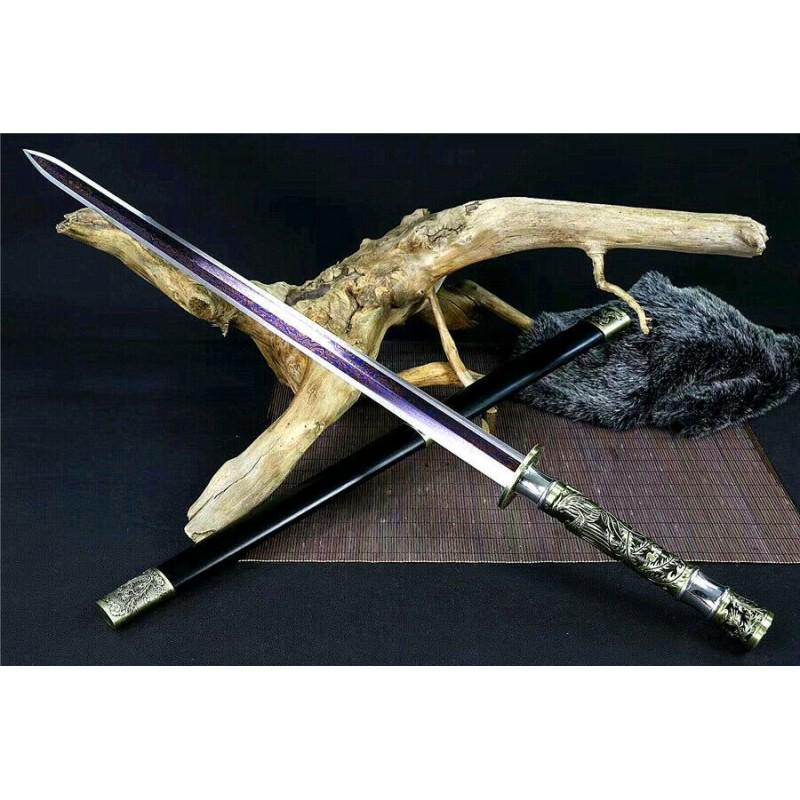







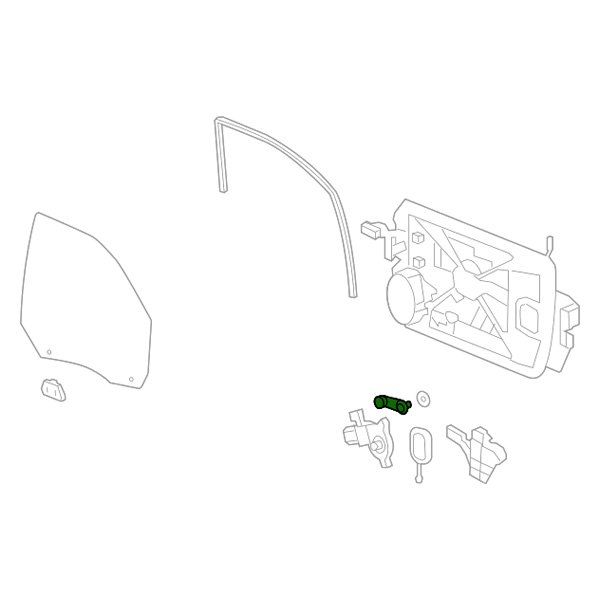

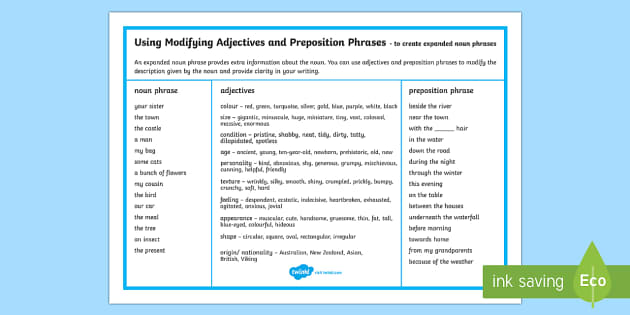

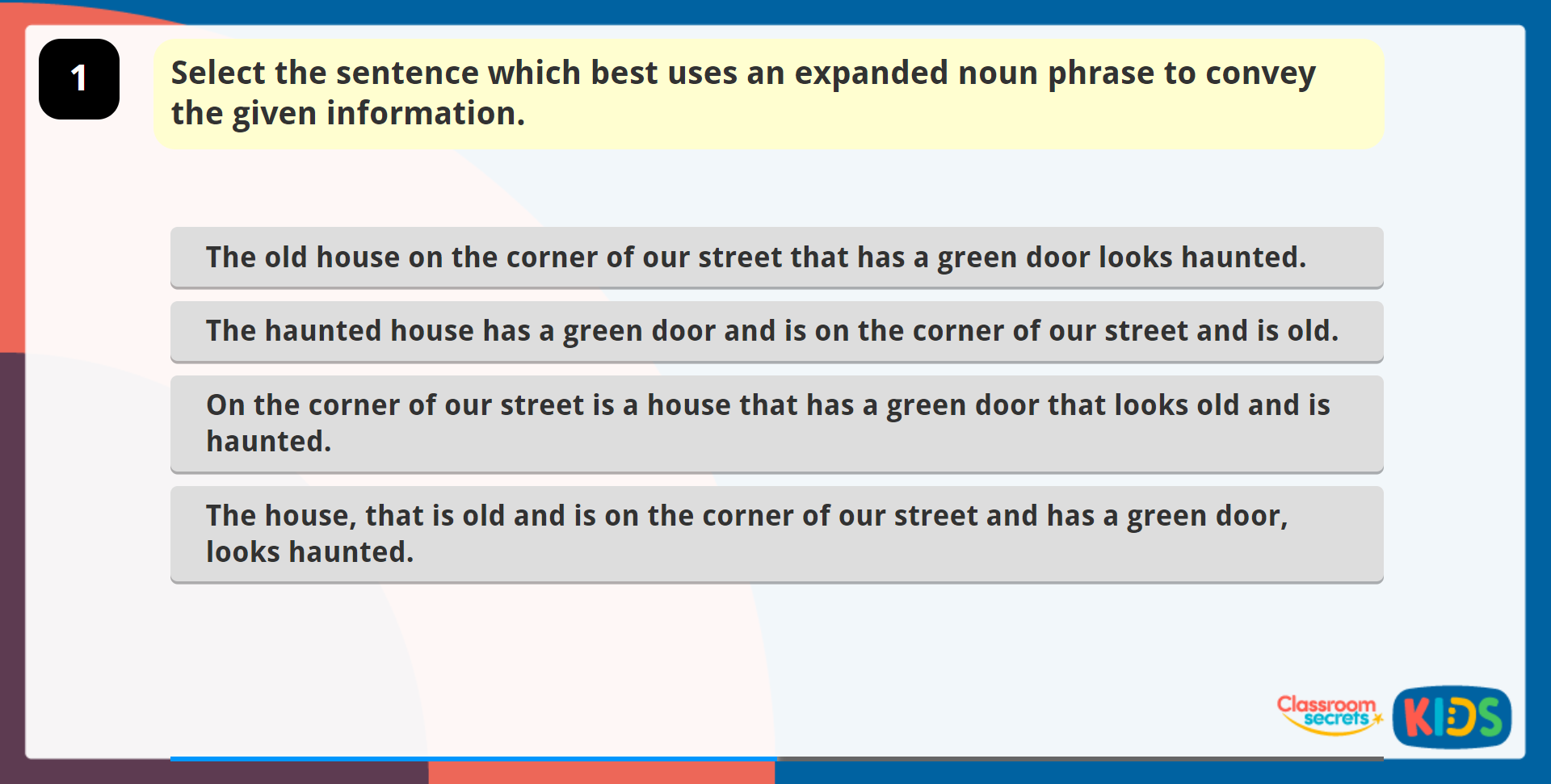
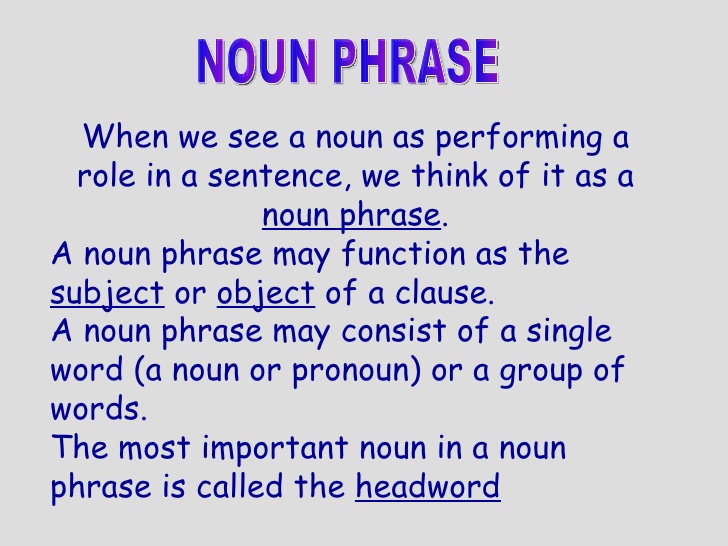


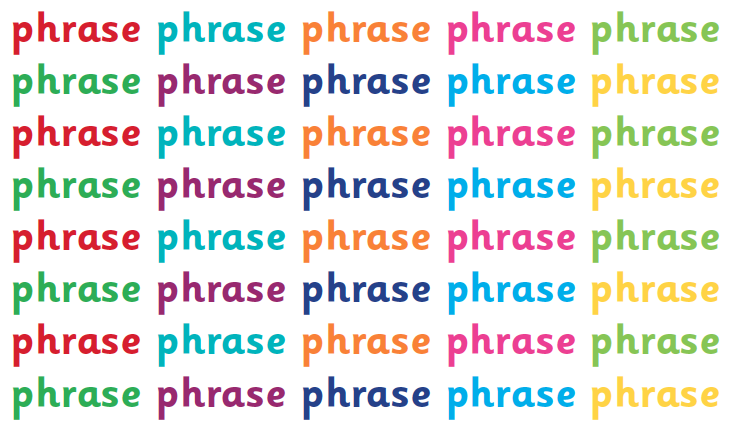
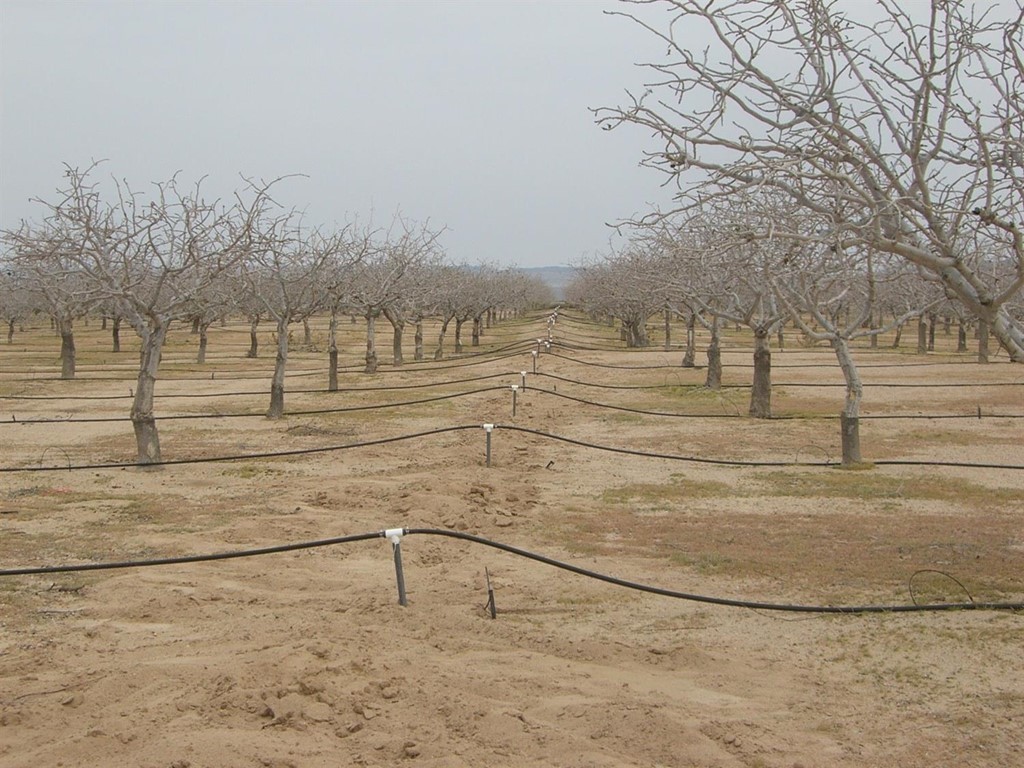
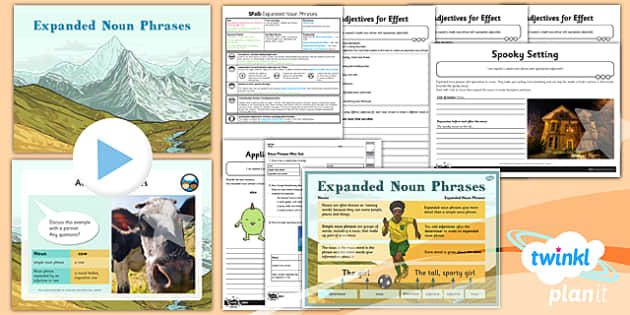

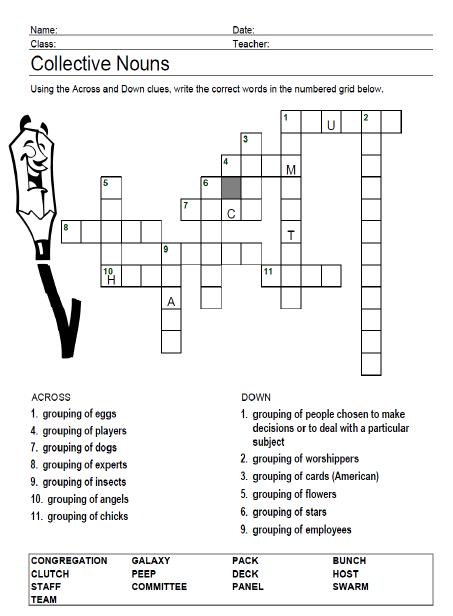
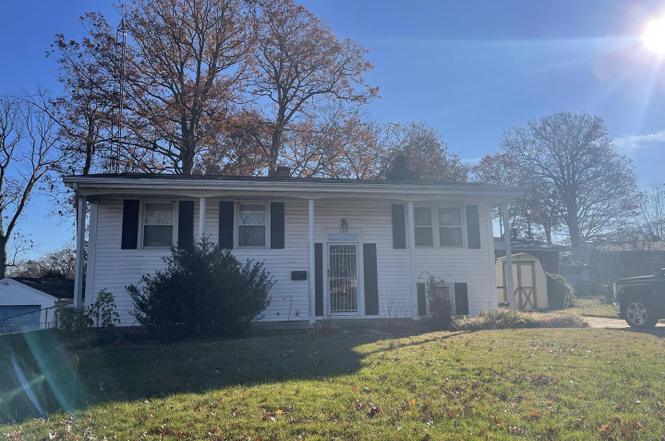

No comments:
Post a Comment
Note: Only a member of this blog may post a comment.